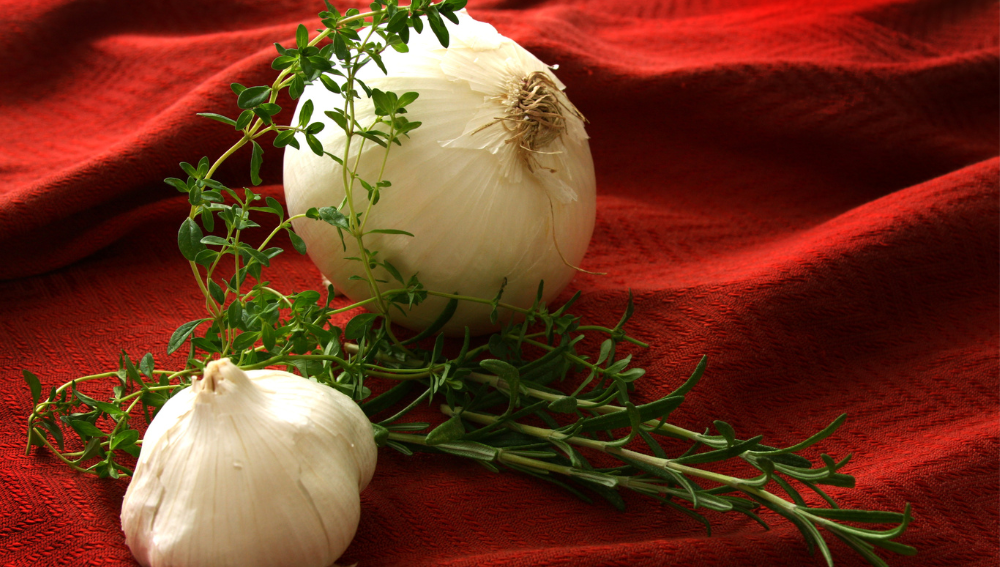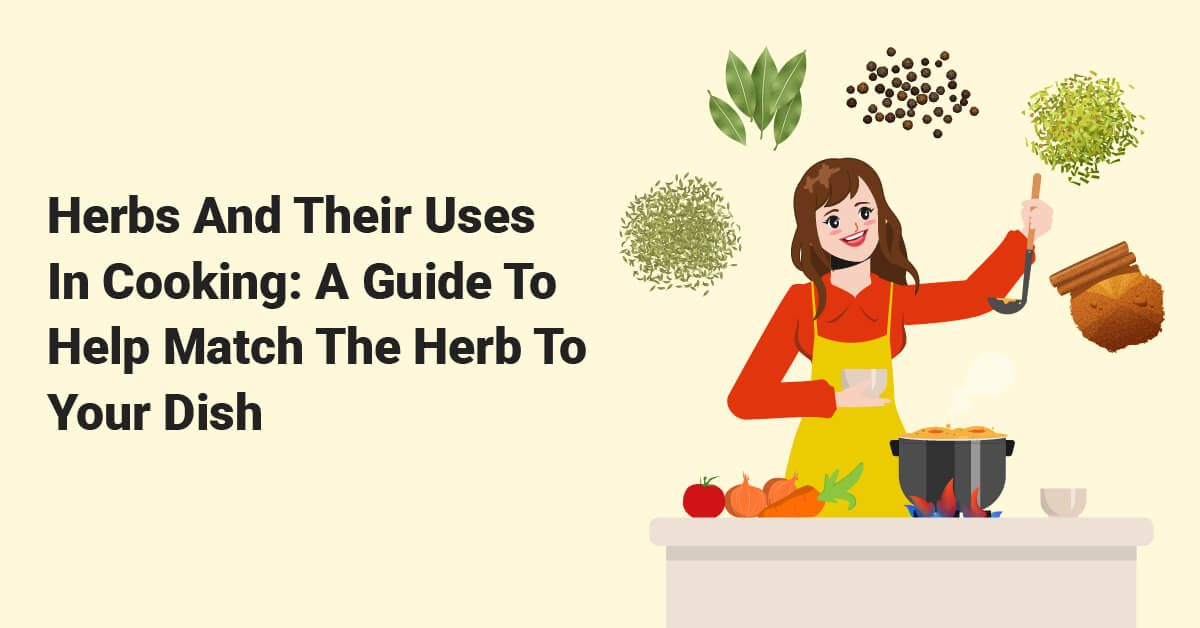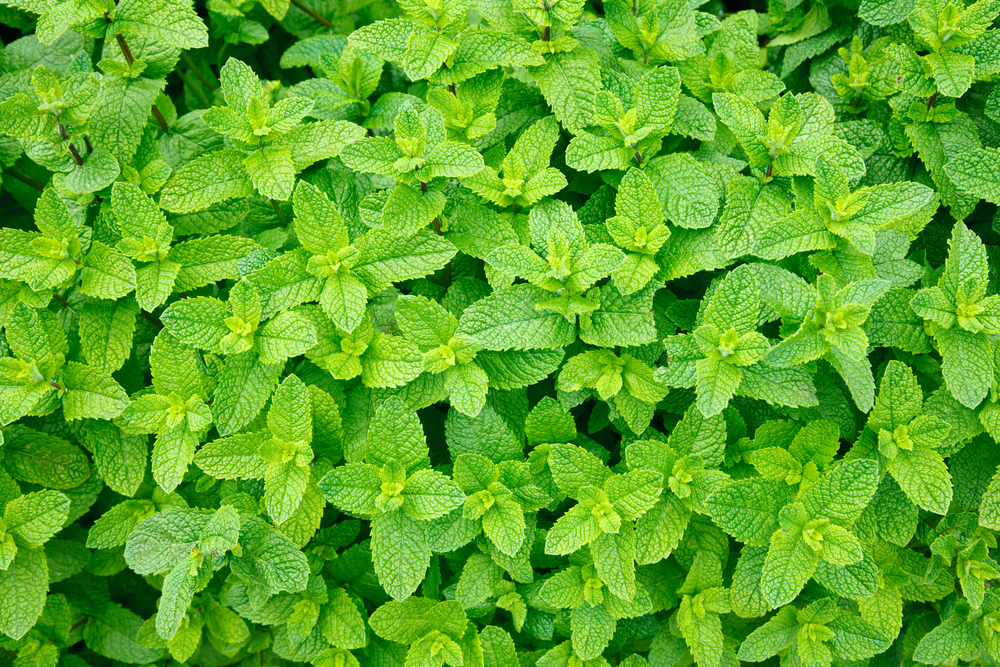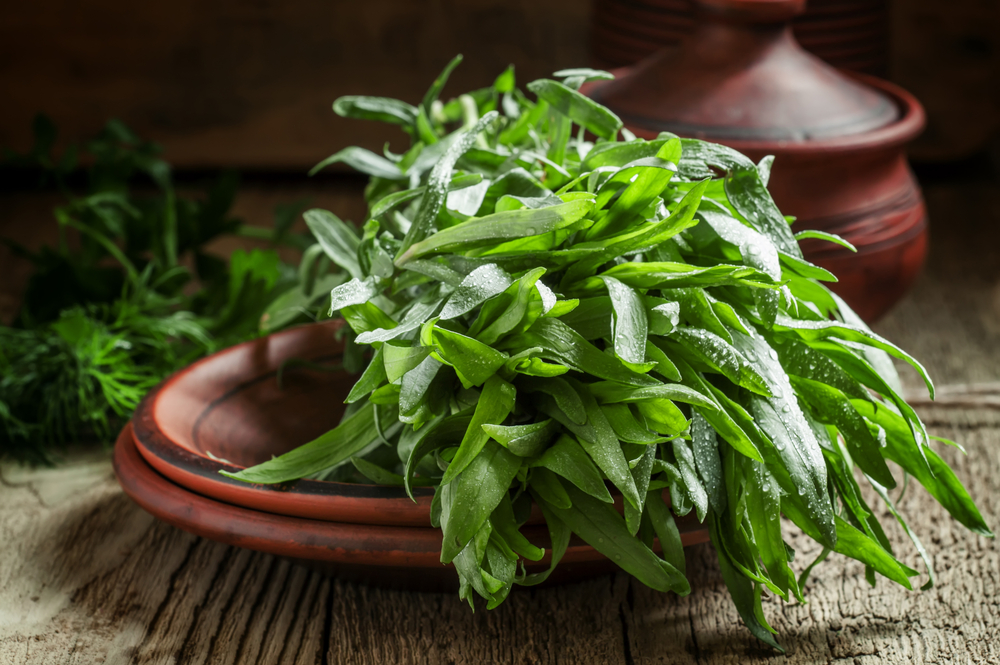When it comes to cooking, herbs and spices can make all the difference in the flavor of a dish. One herb that is commonly used in many recipes is parsley. But what does parsley taste like?
Many people describe it as having a mild, slightly bitter taste that adds balance to savory dishes. It can be used fresh or dried, and is a staple ingredient in many cuisines around the world.
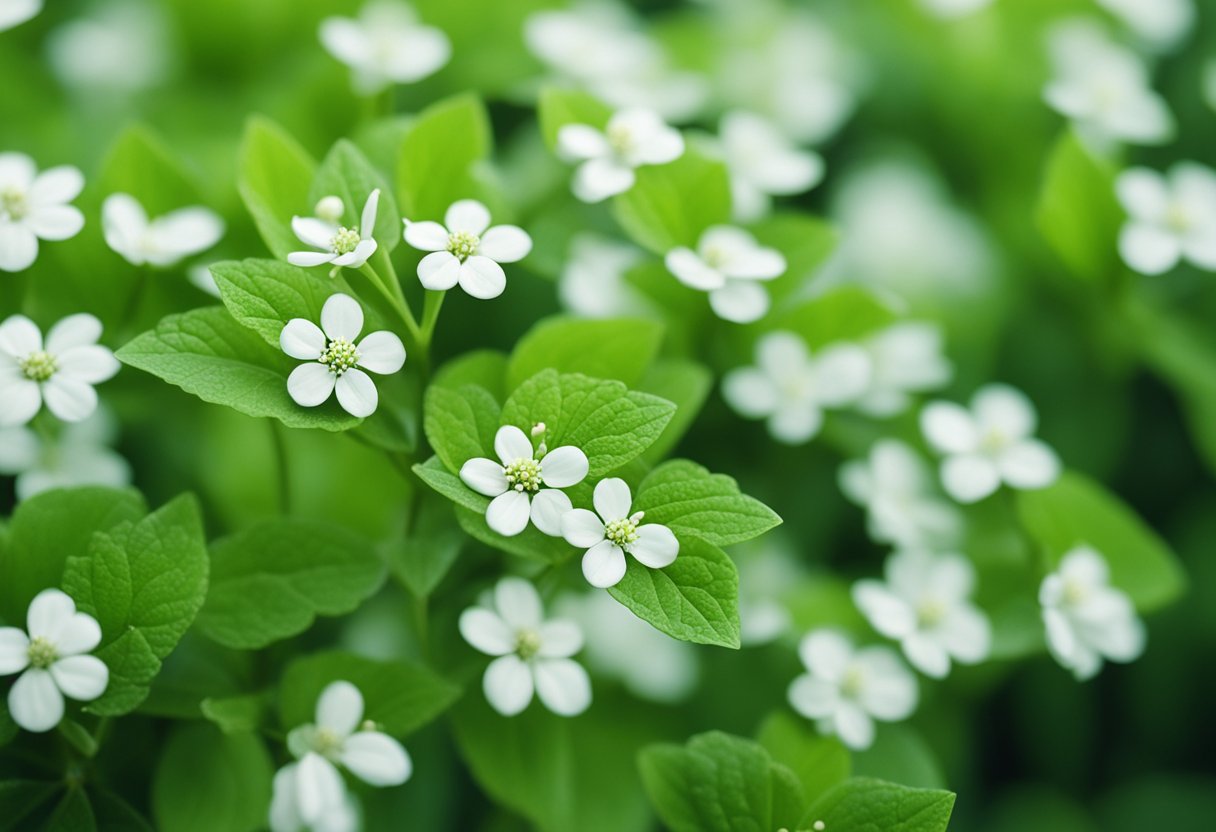
Understanding parsley and its flavor profile is key to using it effectively in cooking. While parsley is often thought of as a garnish, it can actually be used in a wide variety of dishes, from soups and stews to salads and sauces.
It has a fresh, grassy scent and a mild peppery flavor, with a bit of bitterness that can help to neutralize strong flavors in a dish.
Key Takeaways
- Parsley has a mild, slightly bitter taste that adds balance to savory dishes.
- It can be used in a wide variety of dishes, from soups and stews to salads and sauces.
- Understanding parsley and its flavor profile is key to using it effectively in cooking.
Understanding Parsley
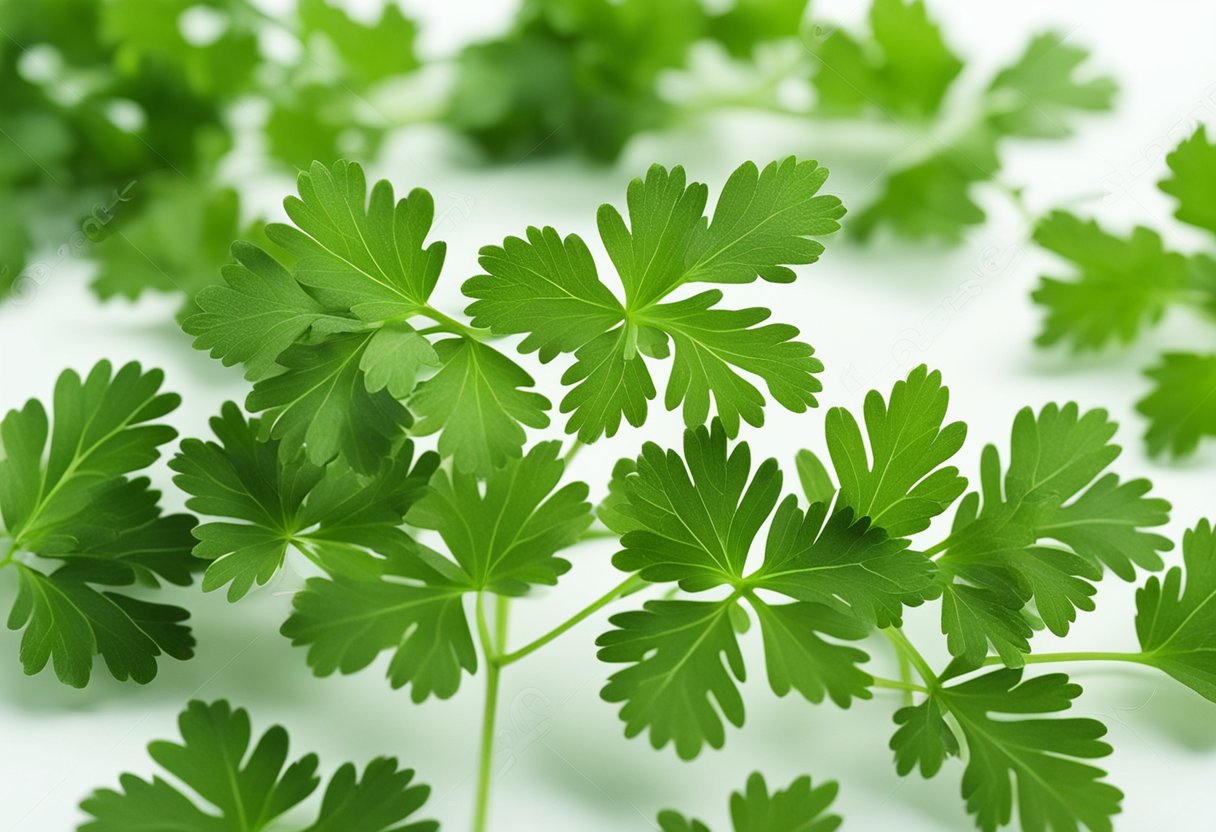
Parsley is a popular herb that is widely used in the kitchen. It belongs to the Apiaceae family and has two main varieties, flat-leaf parsley and curly parsley.
Both varieties have a similar taste, but flat-leaf parsley is preferred by most chefs because of its stronger flavor.
Parsley is a green herb that is often used as a garnish, but it can also be used as a flavoring agent in a variety of dishes. It has a slightly bitter taste that can be described as earthy and refreshing at the same time.
This herb also has subtle hints of sweetness and an undertone of astringency, which makes it a versatile ingredient in the kitchen.
In addition to its taste, parsley is also known for its nutritional value. It is a good source of vitamins A and C, and it also contains iron and other minerals. This makes it a great addition to any healthy diet.
When it comes to using parsley in the kitchen, there are a few things to keep in mind. First, it is important to choose fresh parsley that has a bright green color and firm leaves. Second, it is important to wash the parsley thoroughly before using it to remove any dirt or debris.
Overall, parsley is a versatile herb that can add flavor and nutrition to a variety of dishes. Whether you are using flat-leaf parsley or curly parsley, this herb is sure to enhance the taste of your favorite recipes.
The Flavor Profile of Parsley
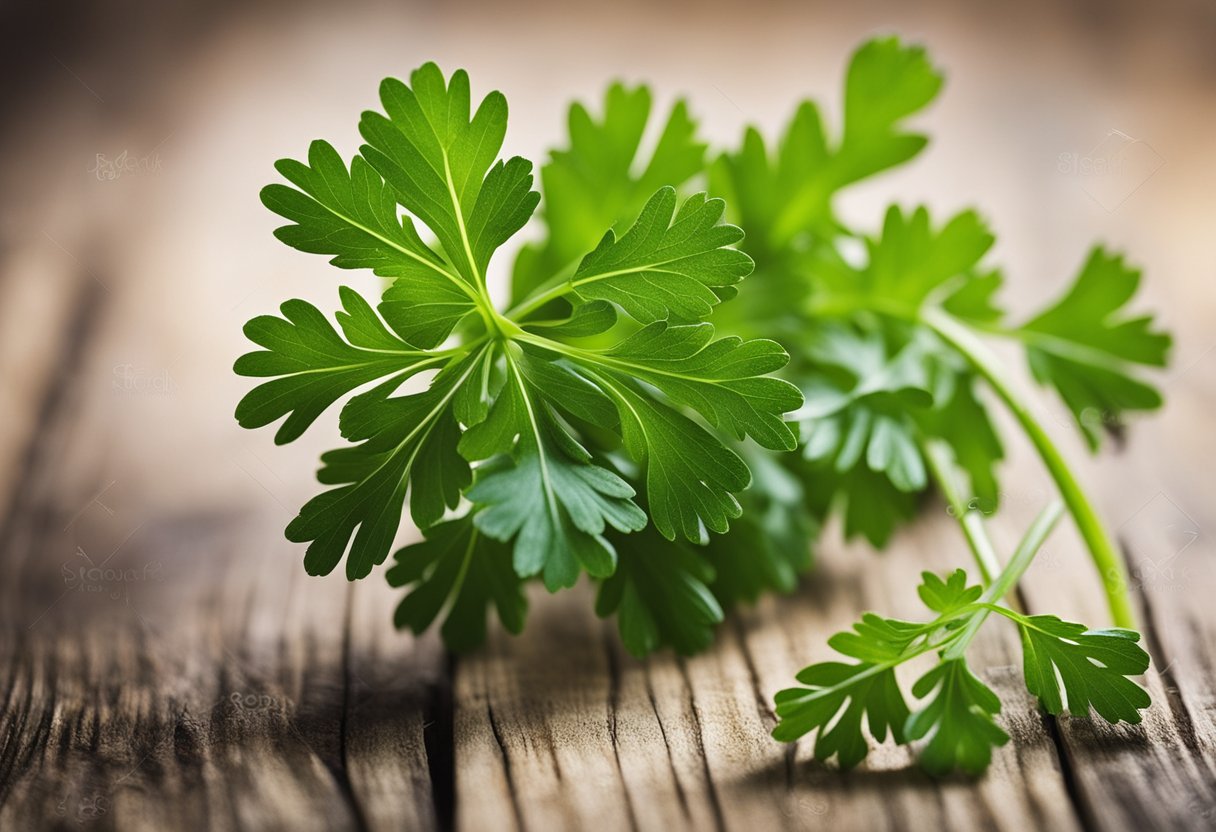
Parsley is an herb commonly used in cooking and garnishing. It is a member of the Apiaceae family and has two main varieties: curly parsley and flat-leaf parsley.
Both types of parsley have a similar taste, but flat-leaf parsley is often preferred by chefs because it has a stronger flavor.
Parsley has a slightly bitter taste with a hint of sweetness and a refreshing, grassy undertone. It complements a wide range of ingredients, making it a versatile herb in the kitchen.
The herb has a clean, fresh taste that helps to neutralize certain strong flavors and particularly savory dishes.
In reality, parsley is described to have a peppery taste to it, which can be attributed to the presence of volatile oils in the herb.
The scent of parsley is also quite distinctive. When fresh, it has a bright, herbaceous aroma that is slightly reminiscent of celery. However, when dried, the scent is much milder and less pungent.
One of the most exceptional qualities of parsley is its ability to combine with other spices and herbs. It does not overpower other ingredients but works in harmony with them to uplift the flavor.
Parsley is a rich source of vitamins and minerals, including vitamins A, C, and K, as well as minerals like iron and calcium. Including parsley in the diet provides a range of health benefits.
In summary, parsley has a slightly bitter taste with a hint of sweetness and a refreshing, grassy undertone. It has a clean, fresh taste that helps to neutralize certain strong flavors and particularly savory dishes.
The herb has a distinctive scent that is bright and herbaceous when fresh and mild when dried. Parsley is a versatile herb that complements a wide range of ingredients and is a rich source of vitamins and minerals.
Parsley in Cooking
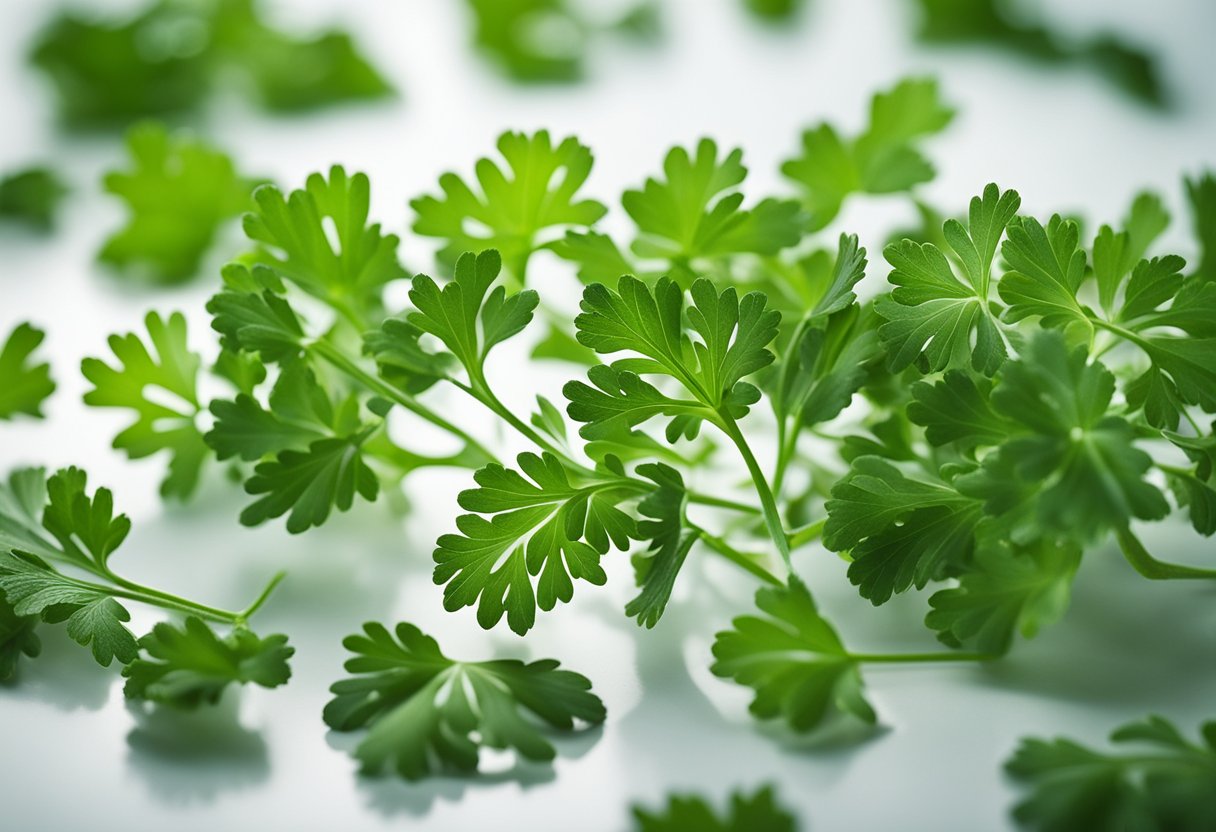
Parsley is a versatile herb that can be used in a variety of dishes. Its mild flavor and bright green color make it a popular choice for both cooking and garnishing. In this section, I will discuss some of the best ways to use parsley in your cooking.
Cooking with Fresh Parsley
Fresh parsley is a great addition to many dishes, including stews, soups, and sauces. It can also be used as a garnish for salads, pasta dishes, and roasted vegetables. When using fresh parsley, it is important to chop it finely to release its flavor and aroma.
Pairing Parsley with Other Flavors
Parsley pairs well with a variety of flavors, including garlic, lemon zest, and olive oil. It can also be used to add flavor to fish, chicken, and other meats. To enhance the flavor of parsley, try adding a pinch of nutmeg or a clove of garlic to your dish.
Using Parsley in Seasoning
Parsley can be used as a seasoning to add flavor to dishes. It can be used fresh or dried, and is often included in spice blends such as fines herbs. To make your own seasoning mix, combine parsley with other herbs such as cilantro, chives, and tarragon.
Adding Parsley to Dressings and Marinades
Parsley can be used to add flavor to dressings and marinades. Try adding chopped parsley to a vinaigrette or mixing it with olive oil and lemon juice to create a marinade for chicken or fish.
In conclusion, parsley is a versatile herb that can be used in many different ways in the kitchen. Whether you are cooking, garnishing, or seasoning your dishes, parsley is a great choice for adding flavor and color.
Popular Parsley Dishes and Recipes
As a versatile herb, parsley can be used in a wide range of dishes, from salads to savory dishes. Here are a few popular parsley recipes that you can try at home:
Gremolata
Gremolata is a simple and delicious Italian herb condiment that is made with parsley, lemon zest, and garlic. It is usually served with Osso Buco, a dish of braised veal shanks. You can also use Gremolata as a topping for roasted vegetables, grilled meats, or fish.
Bouquet Garni
Bouquet Garni is a classic French herb blend that is used to flavor soups, stews, and other savory dishes. It is made with parsley, thyme, and bay leaves. You can tie the herbs together with kitchen twine or place them in a cheesecloth bag before adding them to your dish.
Chimichurri
Chimichurri is a popular Argentinian herb sauce that is made with parsley, garlic, vinegar, and oil. It is usually served with grilled meats, but you can also use it as a marinade or a dipping sauce. Chimichurri is a great way to add flavor to your dishes without adding too many calories.
Parsley Pesto
Parsley pesto is a delicious and healthy alternative to traditional basil pesto. It is made with parsley, garlic, olive oil, and Parmesan cheese. You can use parsley pesto as a topping for pasta, roasted vegetables, or grilled meats.
Tabbouleh
Tabbouleh is a Middle Eastern salad that is made with parsley, bulgur wheat, tomatoes, and onions. It is usually dressed with lemon juice and olive oil. Tabbouleh is a great way to add healthy whole grains and fresh herbs to your diet.
Couscous
Couscous is a North African dish that is made with tiny grains of semolina. It is usually served with vegetables, meats, or stews. You can add chopped parsley to your couscous dish to add flavor and nutrition.
In conclusion, parsley is a versatile herb that can be used in a variety of dishes, from salads to savory dishes. By incorporating parsley into your diet, you can add flavor, nutrition, and health benefits to your meals.
Parsley Vs. Other Herbs
Parsley is a popular herb used in many dishes worldwide. However, it is often compared to other herbs like cilantro, basil, oregano, chervil, and thyme. In this section, I will compare parsley to these herbs and highlight their differences.
Cilantro
Cilantro, also known as coriander, is a herb that is commonly used in Mexican, Indian, and Southeast Asian cuisines. Unlike parsley, cilantro has a strong, pungent flavor with a citrusy undertone.
Some people describe the taste of cilantro as soapy, while others love it. Cilantro is often used as a garnish, but it can also be used in salads, soups, and stews.
Basil
Basil is a herb that is commonly used in Italian and Mediterranean cuisines. It has a sweet, slightly peppery flavor with a hint of clove. Unlike parsley, basil has a strong aroma that can fill a room. Basil is often used in pesto, tomato sauce, and salads.
Oregano
Oregano is a herb that is commonly used in Mediterranean and Mexican cuisines. It has a strong, pungent flavor with a hint of sweetness. Unlike parsley, oregano has a warm, earthy aroma. Oregano is often used in pizza, pasta, and tomato sauce.
Chervil
Chervil is a herb that is commonly used in French cuisine. It has a mild, delicate flavor with a hint of anise. Unlike parsley, chervil has a subtle aroma. Chervil is often used in soups, sauces, and salads.
Thyme
Thyme is a herb that is commonly used in Mediterranean and Middle Eastern cuisines. It has a strong, pungent flavor with a hint of lemon. Unlike parsley, thyme has a strong, earthy aroma. Thyme is often used in stews, soups, and roasted meats.
Overall, parsley has a mild, slightly bitter taste with a hint of citrus, clove, and nutmeg. It is often used as a garnish, but it can also be used in salads, soups, and stews.
While parsley may not have the strong flavor of other herbs like cilantro and basil, it adds a unique balance to savory dishes.
Storing and Prepping Parsley
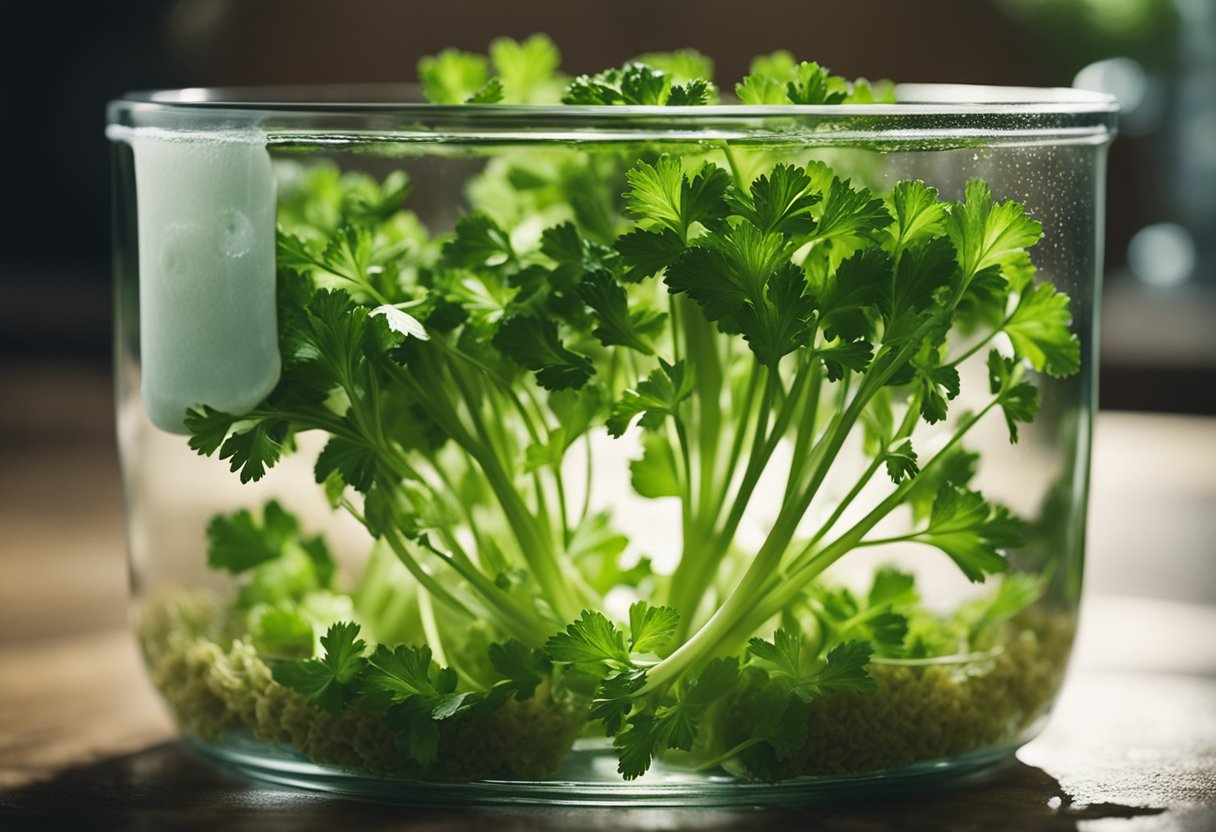
As someone who loves using fresh herbs in my cooking, I know how important it is to properly store and prep them to maintain their flavor and freshness.
Parsley is a versatile herb that can add a touch of freshness and elegance to a wide variety of dishes. Here are some tips on storing and prepping parsley:
Cleaning and Prepping Parsley
Before storing parsley, it’s important to properly clean and prep it. Start by removing any wilted or discolored leaves, as well as any tough stems.
Rinse the parsley under cold running water to remove any dirt or debris, and then pat it dry with a paper towel or clean kitchen towel. You can also use a salad spinner to remove excess moisture.
Storing Parsley
To keep parsley fresh for as long as possible, it’s important to store it properly. Here are a few options:
- Glass Jar: Fill a glass jar with an inch of water, and then place the parsley in the jar, stems down. Cover the top of the jar with a plastic bag or wrap, and then store it in the fridge. Change the water every few days to keep the parsley fresh.
- Produce Bag: Place the parsley in a produce bag, and then tie the bag closed. This will help trap moisture and keep the parsley fresh. Store the bag in the fridge for up to a week.
- Paper Towel: Wrap the parsley in a damp paper towel, and then place it in a plastic bag. Store the bag in the fridge for up to a week.
No matter which method you choose, it’s important to keep the parsley away from any ethylene-producing fruits or vegetables, as this can cause it to wilt and spoil more quickly.
Overall, storing and prepping parsley is easy and straightforward. With a little bit of care and attention, you can keep your parsley fresh and flavorful for longer, and enjoy its bright, herbaceous flavor in all your favorite dishes.
Growing Parsley

I have grown parsley in my garden for years, and it is a great herb to have on hand for cooking. Parsley is a biennial plant that is easy to grow and care for. It is best grown in full sun, but it can also tolerate partial shade.
When planting parsley, it is important to choose a location with well-draining soil. The soil should be slightly acidic to neutral with a pH range of 6.0 to 7.0. I like to add some organic matter to the soil before planting to improve its texture and fertility.
Parsley needs regular watering to thrive. I usually water my parsley plants once a week, but I increase the frequency during hot and dry weather. It is important not to overwater parsley, as it can lead to root rot.
Parsley can be grown from seeds or transplants. If growing from seeds, I suggest starting them indoors 6-8 weeks before the last frost date.
Once the seedlings are large enough, they can be transplanted outdoors. If growing from transplants, plant them in the garden after the last frost date.
In summary, parsley is a great herb to grow in your garden. It is easy to care for and can be grown from seeds or transplants. It prefers full sun and well-draining soil with regular watering.
With proper care, you can enjoy fresh parsley in your cooking all season long.
Health Benefits of Parsley
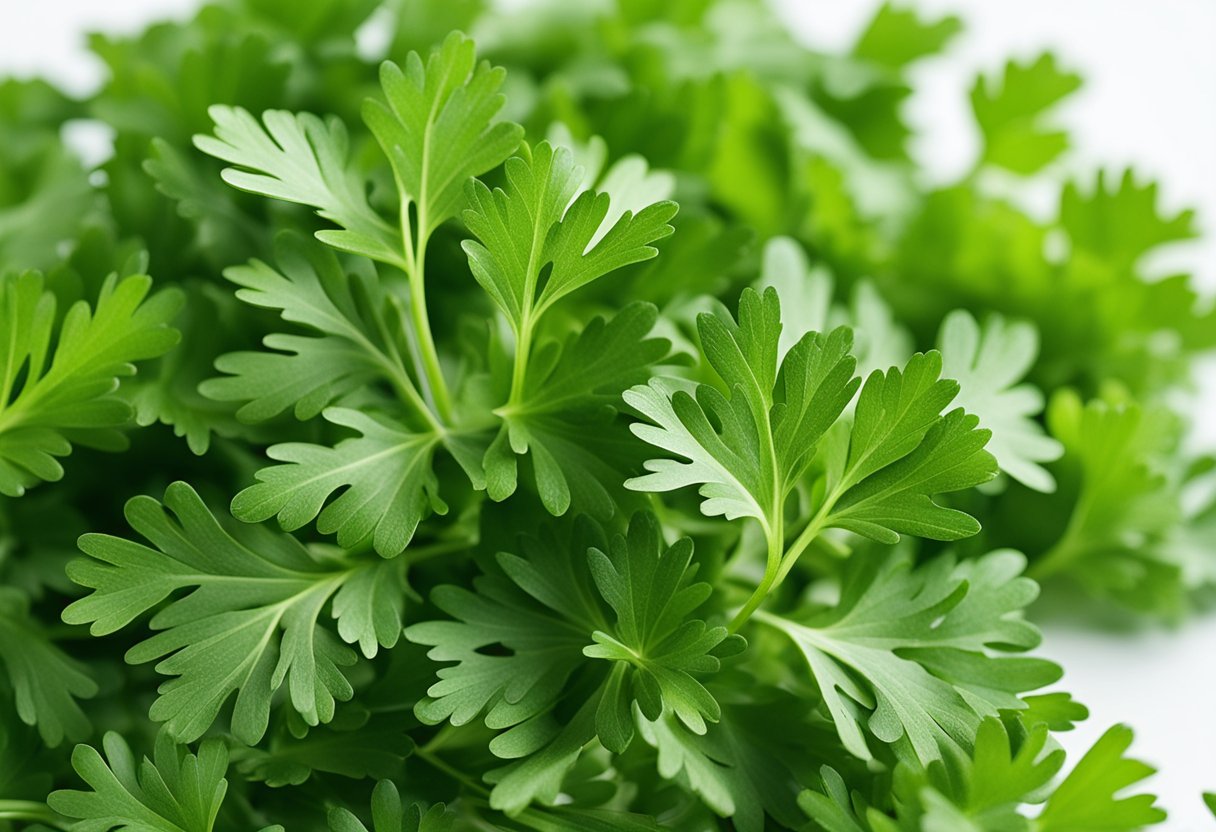
As a herb, parsley is often used as a garnish or flavoring agent in various dishes. However, it is also a rich source of several essential vitamins and minerals that provide various health benefits.
Vitamins and Minerals
Parsley is a rich source of vitamins A, C, and K, as well as folate, iron, and potassium. These vitamins and minerals play a vital role in maintaining good health and combating various diseases.
Vitamin A, for instance, is essential for maintaining healthy eyesight, skin, and immune system.
Vitamin C, on the other hand, is a powerful antioxidant that helps protect the body against free radicals and boosts the immune system. Vitamin K is essential for maintaining strong bones and preventing osteoporosis.
Antioxidants
Parsley contains several antioxidants, including flavonoids and carotenoids, that help protect the body against oxidative stress and inflammation.
These antioxidants have been shown to reduce the risk of several chronic diseases, including cancer, heart disease, and diabetes.
Bone Health
Parsley is also an excellent source of vitamin K, which is essential for maintaining strong bones and preventing fractures. Vitamin K works by helping the body absorb calcium, which is essential for bone health.
Cancer Prevention
Parsley contains a large amount of the flavone apigenin, which has been shown to have anti-cancer properties. Apigenin has been shown to inhibit the growth of cancer cells and prevent the formation of new blood vessels in tumors.
In conclusion, parsley is a nutrient-dense herb that provides several health benefits. It is rich in essential vitamins and minerals, antioxidants, and has been shown to have anti-cancer properties. Adding parsley to your diet is an easy way to improve your overall health and well-being.
Buying Parsley

As someone who loves to cook, I always make sure to have fresh parsley on hand. It’s a versatile herb that can be used in a variety of dishes, from soups and stews to salads and sauces. When it comes to buying parsley, there are a few things to keep in mind.
Grocery Stores
Most grocery stores carry fresh parsley in their produce section. Look for bunches of parsley with vibrant green leaves and no signs of wilting or yellowing. If possible, choose organic parsley to avoid exposure to harmful pesticides.
Fresh Parsley
Fresh parsley is the best option when it comes to flavor and nutrition. It has a bright, slightly bitter taste that adds depth to dishes. Choose flat-leaf parsley for a milder flavor, or Italian parsley for a more robust taste.
Dried Parsley
Dried parsley is a convenient option when fresh parsley is not available. It can be found in the spice aisle of most grocery stores. However, dried parsley does not have the same flavor as fresh parsley.
It’s best used as a garnish or for adding a hint of parsley flavor to dishes.
Italian Parsley
Italian parsley, also known as flat-leaf parsley, is a popular variety of parsley. It has a milder taste than curly-leaf parsley and is often used in Mediterranean and Middle Eastern cuisines.
Parsley Root
Parsley root is a lesser-known part of the parsley plant. It has a slightly sweet and earthy flavor and can be used in soups and stews. Look for parsley root in the produce section of specialty grocery stores or farmers markets.
Curly-Leaf Parsley
Curly-leaf parsley is another popular variety of parsley. It has a more pronounced flavor than Italian parsley and is often used as a garnish. However, it can also be used in dishes for added flavor.
Overall, when buying parsley, it’s important to choose fresh, vibrant bunches with no signs of wilting or yellowing.
Whether you choose Italian parsley, curly-leaf parsley, or parsley root, parsley is a versatile herb that can add flavor and depth to a variety of dishes.
Frequently Asked Questions
What are some good substitutes for parsley in cooking?
If you don’t have parsley on hand, there are several herbs that you can use as a substitute. Some good options include cilantro, basil, tarragon, chervil, and dill.
Each herb will bring a slightly different flavor profile to your dish, so choose the one that complements your recipe the best.
How does parsley complement other herbs in recipes?
Parsley is a versatile herb that pairs well with many other herbs in recipes. It can be used in conjunction with basil, thyme, rosemary, oregano, and sage to add depth and complexity to your dish.
When using parsley with other herbs, be sure to balance the flavors so that none of the herbs overpower the others.
What are some delicious recipes that feature parsley?
Parsley is a common ingredient in many recipes, particularly those that are Mediterranean or Middle Eastern in origin.
Some popular dishes that feature parsley include tabbouleh, chimichurri sauce, gremolata, and Italian parsley pasta. You can also use parsley to add flavor to soups, stews, and salads.
What are the health benefits of using parsley in cooking?
Parsley is a nutrient-dense herb that is packed with vitamins and minerals. It is a good source of vitamin C, vitamin K, and folate, and also contains small amounts of calcium, iron, and potassium.
Parsley is also rich in antioxidants, which can help to reduce inflammation and protect against chronic disease.
What are the differences in taste between parsley and cilantro?
While parsley and cilantro may look similar, they have very different flavor profiles. Parsley has a mild, slightly bitter taste that is often described as “grassy” or “earthy.”
Cilantro, on the other hand, has a much stronger flavor that is often described as “citrusy” or “soapy.” Some people love cilantro, while others can’t stand it.
What are some common misconceptions about the taste of parsley?
One common misconception about parsley is that it tastes like soap. While some people may have a genetic predisposition to taste soap when they eat certain foods, this is not a universal experience.
In fact, parsley has a mild, pleasant flavor that can enhance the taste of many different dishes.



